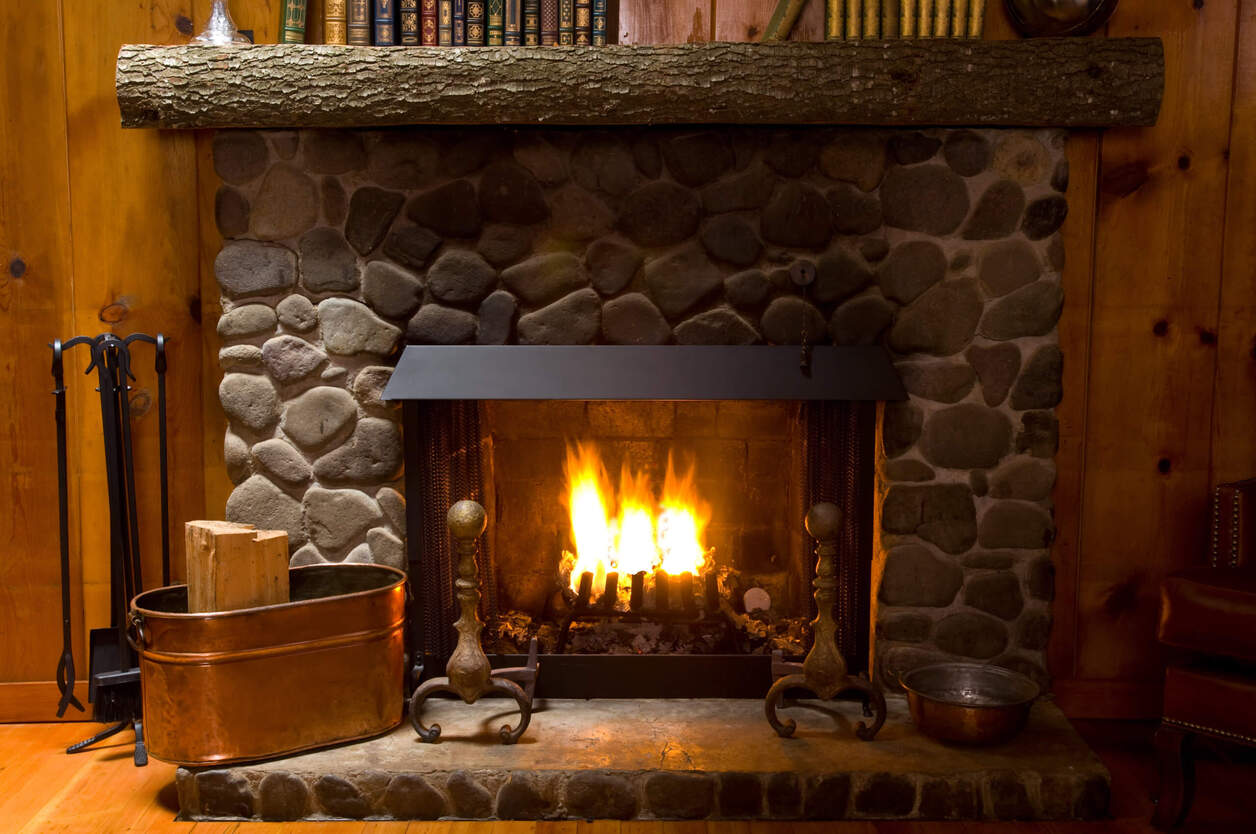

Articles
How To Use Fireplace
Modified: February 24, 2024
Learn tips and techniques for using your fireplace efficiently and safely with our informative articles. Discover how to create a cozy and inviting atmosphere in your home during the colder months.
(Many of the links in this article redirect to a specific reviewed product. Your purchase of these products through affiliate links helps to generate commission for Storables.com, at no extra cost. Learn more)
Introduction
Welcome to the world of cozy warmth and comforting ambiance – the world of fireplaces! A fireplace is not only a functional heat source but also a centerpiece that adds a touch of elegance and charm to any home. The crackling sound of burning wood and the dancing flames create a mesmerizing aura that instantly creates a cozy atmosphere.
However, the use of a fireplace requires a certain level of knowledge and precautions to ensure safety and optimal functionality. In this article, we will guide you through the process of using a fireplace effectively, from gathering firewood to maintaining the fire. Whether you’re a beginner or an experienced fireplace enthusiast, this guide will equip you with the necessary information to enjoy the experience to the fullest.
Safety should always be the top priority when it comes to using a fireplace. Before getting into the details, it’s important to understand the safety precautions and guidelines to prevent accidents and ensure a secure environment for everyone. Let’s dive into the world of fireplaces and explore the best practices for using this timeless heating source.
Key Takeaways:
- Embrace the warmth and charm of a fireplace by following safety precautions, gathering seasoned firewood, and properly preparing, lighting, maintaining, and extinguishing the fire for a cozy and safe experience.
- Regularly clean and maintain your fireplace to ensure its longevity and optimal functionality, creating a comforting and inviting ambiance for memorable moments with loved ones.
Read more: How To Use Gas Fireplace
Safety Precautions
Before enjoying the cozy warmth of a fireplace, it’s essential to follow specific safety precautions to minimize the risk of accidents and ensure the protection of your home and loved ones. Here are some key safety measures to keep in mind:
- Inspect and Clean Chimney Regularly: Regular chimney inspections and cleanings are vital to remove creosote buildup, debris, and blockages. Schedule professional chimney cleanings at least once a year to maintain proper airflow and reduce the risk of chimney fires.
- Use a Fireplace Screen: Install a sturdy fireplace screen or glass doors to prevent sparks, embers, and burning logs from escaping the fireplace and causing potential hazards. This helps protect children, pets, and any flammable materials in the surrounding area.
- Keep Combustible Materials Away: Ensure that furniture, curtains, rugs, and any other flammable objects are kept at a safe distance from the fireplace. Sparks and embers can easily ignite these materials, leading to a dangerous fire.
- Never Leave Unattended: Never leave a fireplace unattended, especially when it’s still burning. Even a small flame can quickly escalate into a destructive fire if left unattended. Make sure to extinguish the fire completely before leaving the room or going to bed.
- Use Proper Fuel: Use only suitable fuel for your fireplace, such as seasoned firewood, manufactured fire logs, or natural gas. Avoid burning materials like cardboard, trash, or painted or treated wood, as they can release toxic fumes and cause chimney damage.
- Install Carbon Monoxide Detectors: Carbon monoxide is an odorless and potentially lethal gas that can be produced by a malfunctioning fireplace. Install carbon monoxide detectors near your fireplace and throughout your home to ensure early detection and safety.
- Maintain Clear Air Vents: Ensure that the air vents for your fireplace and chimney are unobstructed to ensure proper ventilation and prevent the buildup of harmful gases.
- Keep a Fire Extinguisher Handy: Always have a fire extinguisher near your fireplace for immediate use in case of emergency. Familiarize yourself with its operation and ensure that it is fully functional.
- Teach Fireplace Safety to Children: Educate children about the dangers of fire and teach them to never play with matches, lighters, or any fireplace tools. Establish strict rules and supervision when children are near the fireplace.
- Practice Responsible Ash Disposal: Properly dispose of ashes in a metal container with a tight-fitting lid. Allow the ashes to cool for at least 24 hours before transferring them, as they can remain hot for an extended period.
By following these safety precautions, you can enjoy the warmth and beauty of a fireplace while ensuring the safety of your home and loved ones. Now that we’ve covered the safety guidelines, let’s move on to the next step in using a fireplace – gathering firewood.
Gathering Firewood
Gathering firewood is the first step in preparing for a delightful fireplace experience. Properly seasoned firewood not only burns more efficiently but also produces less smoke and creosote buildup in the chimney. Here are some tips for gathering firewood:
- Choose the Right Type of Wood: Hardwoods like oak, maple, and birch are excellent choices for firewood. They burn longer and produce more heat compared to softwoods like pine or cedar. Avoid using green or freshly cut wood as it contains a higher moisture content and will not burn efficiently.
- Season the Firewood: Seasoning firewood involves drying it out for at least six months to a year, allowing the moisture content to decrease below 20%. Well-seasoned firewood ignites easier, burns hotter, and produces less smoke. Split the wood into smaller pieces to accelerate the drying process.
- Store Firewood Properly: To maintain the quality of your firewood, it’s important to store it properly. Stack the wood in a well-ventilated area, preferably off the ground, to prevent moisture buildup. Use a firewood rack or create an elevated platform with pallets to ensure airflow. Cover the top of the stack to protect it from rain and snow, but leave the sides open for ventilation.
- Consider Buying Firewood: If gathering your own firewood is not feasible, you can purchase seasoned firewood from local suppliers. Look for reputable sources that provide properly seasoned wood to ensure optimal burning performance.
- Check Local Regulations: Before gathering firewood, check local regulations and permits that may be required for cutting down trees or collecting firewood from specific areas. It’s important to follow the rules and regulations to preserve the environment and prevent deforestation.
- Be Mindful of Insects: When gathering firewood, be cautious of potential insect infestations, especially from the emerald ash borer or other invasive species. Avoid transporting infested wood to prevent the spread of these pests.
- Consider Alternative Firewood Options: In addition to traditional firewood, you can also explore alternative options like compressed sawdust logs or manufactured fire logs. These logs are often made from recycled materials and can provide a convenient and eco-friendly alternative for your fireplace.
Gathering firewood is an essential aspect of preparing for a cozy fireplace experience. By choosing the right type of wood, properly seasoning and storing it, and being mindful of local regulations and insect infestations, you can ensure a steady supply of high-quality firewood for your fireplace. Now that you have your firewood ready, let’s move on to the next step – preparing the fireplace.
Preparing the Fireplace
Properly preparing the fireplace is crucial for allowing optimal airflow and ensuring a safe and efficient burn. Follow these steps to prepare your fireplace:
- Clean the Fireplace: Start by clearing out any debris, ashes, or leftover wood from previous fires. Use a fireplace shovel and brush to carefully remove ashes and sweep away any dust or soot. Cleaning the fireplace regularly prevents the buildup of flammable materials and allows for better air circulation.
- Inspect the Chimney: Before starting a fire, inspect the chimney for any signs of damage, such as cracks or loose bricks. Ensure that the damper is in good condition and operates smoothly. If you notice any issues or suspect chimney damage, it’s best to consult a professional before using the fireplace.
- Open Damper and Air Vents: Check that the damper is fully open to allow for proper ventilation. Additionally, ensure that the air intake vents (if present) are clear and unobstructed. Proper airflow is essential for efficient combustion and preventing the buildup of harmful gases.
- Place Fire Starter or Kindling: Lay a small amount of fire starter or kindling in the center of the fireplace. This can include newspaper, small dry twigs, or commercially available fire starters. Arrange them in a loose crisscross pattern to allow for good airflow.
- Arrange Firewood: Place the seasoned firewood on top of the kindling, leaving enough space between the logs for airflow. Create a sturdy and stable stack, using thicker logs as the base and gradually increasing the size of the logs as you move upwards.
- Clear the Hearth Area: Ensure that the hearth area is free from any flammable materials or objects. Keep furniture, curtains, and any other items at a safe distance from the fireplace, following the safety precautions mentioned earlier.
- Check Smoke Detectors and Carbon Monoxide Alarms: Before starting a fire, make sure your smoke detectors and carbon monoxide alarms are installed and functioning correctly. This provides an extra layer of safety by alerting you to any potential smoke or gas hazards.
By following these steps, you can effectively prepare your fireplace for a warm and cozy fire. Now that everything is in place, it’s time to move on to the next step – lighting the fire.
Lighting the Fire
Now that you have prepared the fireplace, it’s time to light the fire and bask in its warm glow. Follow these steps to safely and effectively light the fire in your fireplace:
- Open the Damper: Before lighting the fire, ensure that the damper is fully open. This allows for proper ventilation and allows the smoke to exit the chimney instead of filling up the room.
- Check Airflow: Make sure that the air vents are unobstructed and open to allow for sufficient airflow. Adequate oxygen supply is necessary for the fire to burn efficiently.
- Ignite Kindling: Use a long-reach fireplace lighter or matches to ignite the kindling placed in the center of the fireplace. Start at the bottom and light the smaller twigs or fire starters first. These will catch fire quickly and help ignite the larger logs.
- Add Firewood: As the kindling develops a small flame, gradually add more firewood to the fireplace. Place the logs in a crisscross pattern, allowing for good airflow. Avoid overcrowding the fireplace with too much wood, as it can restrict airflow and hinder the fire’s ability to burn properly.
- Close the Fireplace Screen: Once the fire is lit and burning steadily, close the fireplace screen or glass doors. This provides an extra layer of protection, preventing sparks or embers from escaping the fireplace and potentially causing accidents.
- Monitor the Fire: Once the fire is burning, keep a close eye on it. Watch for any signs of excessive smoke or unusual odors. If there are any issues, such as excessive smoke or difficulty maintaining the fire, adjust the airflow by opening the damper further or adjusting the air vents accordingly.
- Enjoy the Fire: Sit back, relax, and enjoy the mesmerizing dance of the flames. Whether you’re reading a book, spending time with loved ones, or simply enjoying the ambiance, a well-lit fire adds warmth and tranquility to any environment.
Remember to always practice fire safety while the fire is burning. Never leave the fireplace unattended, especially if there are children or pets nearby. Keep flammable materials at a safe distance, and maintain a fire extinguisher nearby in case of emergencies.
Now that your fire is lit and burning beautifully, it’s time to move on to the next step – maintaining the fire.
Always use dry, seasoned wood in your fireplace to prevent excessive smoke and creosote buildup. Make sure the damper is open before starting a fire and never leave the fire unattended. Keep a fire extinguisher nearby for safety.
Read more: How To Use A Fireplace In An Apartment
Maintaining the Fire
Once your fire is burning, it’s important to properly maintain it to ensure a consistent and enjoyable flame throughout the evening. Here are some tips for effectively maintaining the fire in your fireplace:
- Add Wood Regularly: As the fire burns, the wood will gradually turn into embers. To keep the fire going, you’ll need to add more wood periodically. Place smaller logs on top of the embers, ensuring proper airflow between the logs to maintain a steady burn.
- Use Caution with Fire Starters: If you need to restart the fire or add more kindling, be cautious when using fire starters or newspapers. Avoid adding too much at once, as this can create a sudden flare-up. Gradually introduce small amounts of fire starters or kindling, allowing the fire to build up gradually.
- Adjust Airflow: Depending on how the fire is burning, you may need to adjust the airflow to maintain an optimal burn. If the fire needs more oxygen, slightly open the damper or adjust the air vents to increase the airflow. If the fire is burning too rapidly, you can decrease the airflow to reduce the intensity.
- Remove Ashes: As the fire burns, ashes will accumulate in the fireplace. Use a fireplace shovel to carefully remove the ashes and place them in a metal container with a tight-fitting lid. Avoid removing all the ashes, as a small layer can help insulate the fire and maintain consistent heat.
- Keep the Flame Alive: Occasionally, you may notice the flame starting to dwindle. To keep it alive, gently poke the embers with a fireplace poker or long metal tool. This helps redistribute the coals and rekindle the flame.
- Monitor and Adjust: Regularly monitor the fire to ensure it is burning safely and consistently. Keep an eye out for excessive smoke or unusual odors, as this may indicate an issue with airflow or improper burning. Adjust the airflow as needed to maintain an even burn.
- Enjoy Responsibly: While the fire is burning, be sure to enjoy it responsibly. Avoid placing any flammable objects near the fireplace and never leave the fire unattended. Keep a close watch on children and pets, ensuring their safety around the fireplace.
By following these tips, you can effectively maintain a beautiful and warm fire in your fireplace. Enjoy the comforting glow and relaxing ambiance it provides, but always prioritize safety throughout the entire duration of the fire.
Next, we will discuss the proper procedures for extinguishing the fire after you have finished enjoying its warmth.
Extinguishing the Fire
When you’re ready to extinguish the fire in your fireplace, it’s important to follow proper procedures to ensure it is completely and safely extinguished. Here are the steps to extinguish the fire:
- Remove any remaining logs: Using fireplace tongs or heat-resistant gloves, carefully remove any remaining logs from the fire. Place them on a non-flammable surface, such as a metal fireplace grate or hearth, to allow them to cool down completely.
- Spread out the embers: Use a fireplace poker or long metal tool to spread out the embers and separate them. This helps to speed up the cooling process and ensures that the fire is completely extinguished.
- Sprinkle water: Grab a bucket of water or use a hose with a spray nozzle to sprinkle water over the embers. Start from the back of the fireplace and slowly work your way forward, ensuring that all areas are thoroughly dampened. Avoid pouring excessive amounts of water at once, as this can cause sizzling or steam buildup.
- Check for remnants: After sprinkling water, carefully inspect the fireplace for any lingering embers or hot spots. Use the fireplace tools to gently prod and sift through the ashes to ensure that no hidden hot coals remain.
- Remove the ashes: Once the fire is completely extinguished, allow the ashes to cool for a while. Then, use a fireplace shovel to scoop the ashes into a metal container. Place the lid securely on the container to prevent any remaining embers from reigniting. Store the ash container outdoors in a safe area until you can properly dispose of the ashes.
- Dispose of the ashes: Ashes can remain hot for several days, so it’s essential to dispose of them properly. Once the ashes have completely cooled, find a designated outdoor area where it’s safe to discard them, such as a non-flammable compost pile or a metal ash bin specifically designed for fireplaces. Never dispose of ashes in a plastic or combustible container, as they can pose a fire hazard.
By following these steps, you can ensure that your fire is safely extinguished and ready for your next cozy fireplace experience. Remember to always prioritize safety and take proper precautions with the disposal of ashes.
Now that you know how to safely extinguish the fire, we will discuss the importance of cleaning and maintaining your fireplace in the next section.
Cleaning and Maintenance
A clean and well-maintained fireplace not only enhances the overall aesthetic appeal of your home but also ensures its optimal functionality and longevity. Regular cleaning and maintenance are essential to keep your fireplace in good condition. Here are some key steps to follow:
- Remove Ashes: After each fire, it’s important to remove the remaining ashes. Use a fireplace shovel or vacuum equipped with a fireplace attachment to carefully scoop out the ashes and dispose of them properly. Be sure to wait until the ashes have completely cooled before removing them.
- Clean the Firebox: The firebox, the area where the fire burns, can accumulate soot and debris over time. Scrub it gently with a brush or use a vacuum with a brush attachment to clean the walls and floor of the firebox. Be careful not to damage the brick or lining of the firebox while cleaning.
- Clean the Chimney: To maintain proper airflow and reduce the risk of chimney fires, it’s important to have your chimney cleaned regularly. Schedule professional chimney cleanings at least once a year, or more frequently if you use your fireplace frequently. A professional chimney sweep will remove creosote buildup, soot, and any blockages that may have accumulated.
- Inspect the Flue and Damper: Regularly inspect the flue and damper for any signs of damage or wear. Ensure that the damper operates smoothly and seals tightly when closed to prevent drafts and heat loss when the fireplace is not in use.
- Check for Cracks or Loose Bricks: Inspect the interior and exterior of the fireplace for any cracks or loose bricks. Cracks can impact the structural integrity of the fireplace and lead to safety issues. If you notice any damage, consult a professional for repairs before using the fireplace again.
- Remove Soot and Stains: Over time, soot and smoke stains may accumulate on the interior brick or stone surfaces of the fireplace. Use a mixture of mild soap and water or a specialized fireplace cleaner to gently scrub away these stains. Avoid using harsh chemicals or abrasive cleaners that can damage the surface.
- Maintain Proper Ventilation: Ensure that the air vents and chimney are clear of any obstructions, such as bird nests or debris. Proper ventilation is crucial for the fireplace to function efficiently and safely.
- Check for Carbon Monoxide Leaks: Install carbon monoxide detectors near your fireplace and throughout your home to detect any potential leaks. Keep an eye out for symptoms of carbon monoxide poisoning, such as headaches, dizziness, or nausea. If you suspect a leak, evacuate the area immediately and seek professional help.
- Inspect and Replace Gaskets: If your fireplace has gaskets around the doors or openings, periodically inspect them for wear and tear. Replace any damaged or worn-out gaskets to maintain a proper seal, ensuring optimal efficiency and safety.
By regularly cleaning and maintaining your fireplace, you can enjoy its beauty and warmth while ensuring its safe and efficient operation. Remember to consult with professionals when needed, especially for chimney inspections and repairs. A well-maintained fireplace will not only provide cozy comfort but also peace of mind.
Now that we have covered the important aspects of cleaning and maintenance, let’s conclude our guide to using a fireplace.
Conclusion
Using a fireplace can add warmth, beauty, and a cozy ambiance to any home. By following the proper steps and safety precautions, you can safely and effectively enjoy the experience of a crackling fire. From gathering firewood to maintaining the fire, each step plays a crucial role in creating a delightful fireplace experience.
Remember to always prioritize safety when using a fireplace. Regularly inspect and clean your chimney, use a fireplace screen to prevent sparks, and keep flammable objects at a safe distance. Properly season your firewood, maintain clear air vents, and ensure your home is equipped with carbon monoxide detectors. By following these safety precautions, you can enjoy the benefits of a fireplace while keeping your home and loved ones safe.
Gathering firewood, preparing the fireplace, and lighting the fire are the initial steps to set the stage for a cozy atmosphere. Maintaining the fire with regular wood additions, adjusting airflow, and clearing ashes ensures a consistent and enjoyable flame. When you’re ready to extinguish the fire, follow proper procedures to safely put it out, and remember to thoroughly clean and maintain your fireplace for its longevity and optimal performance.
As you embrace the beauty and warmth of your fireplace, make sure to take the time to relax and enjoy the soothing glow of the flames. Whether you’re spending time alone, reading a book, or gathering with loved ones, a well-kept fireplace creates a cozy and inviting ambiance that enhances any occasion.
By taking the necessary precautions and following the proper steps, you can create many memorable moments around your fireplace. So gather your firewood, prepare the hearth, and let the magic unfold. Enjoy the comfort, warmth, and enchantment that a fireplace brings to your home.
Stay safe, and may the crackling flames of your fireplace always fill your heart with warmth and joy.
Frequently Asked Questions about How To Use Fireplace
Was this page helpful?
At Storables.com, we guarantee accurate and reliable information. Our content, validated by Expert Board Contributors, is crafted following stringent Editorial Policies. We're committed to providing you with well-researched, expert-backed insights for all your informational needs.
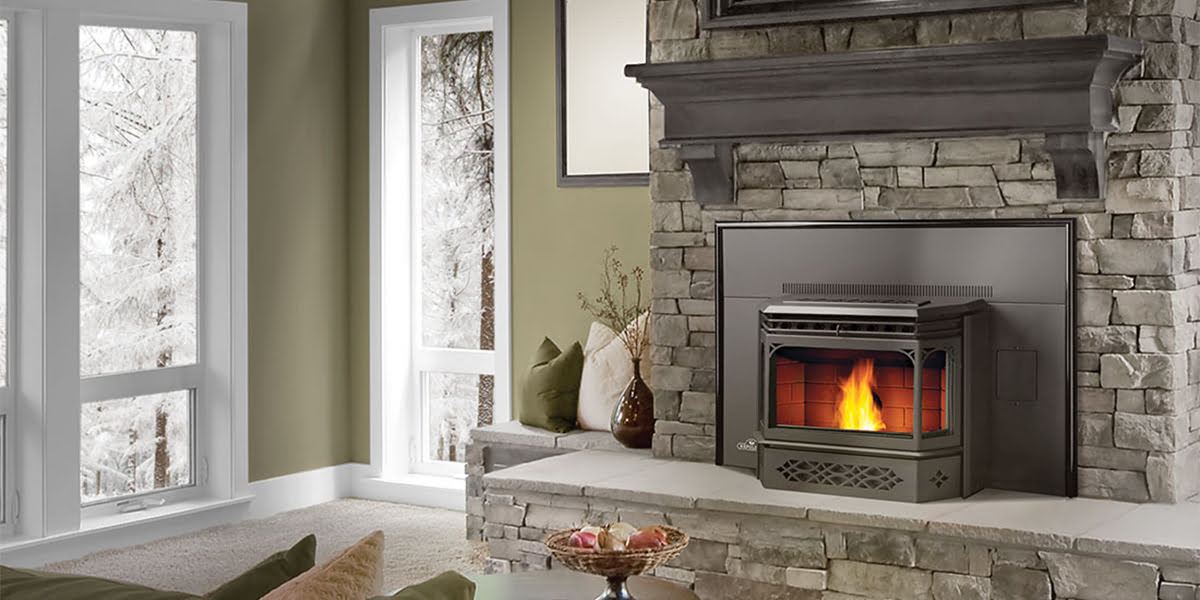
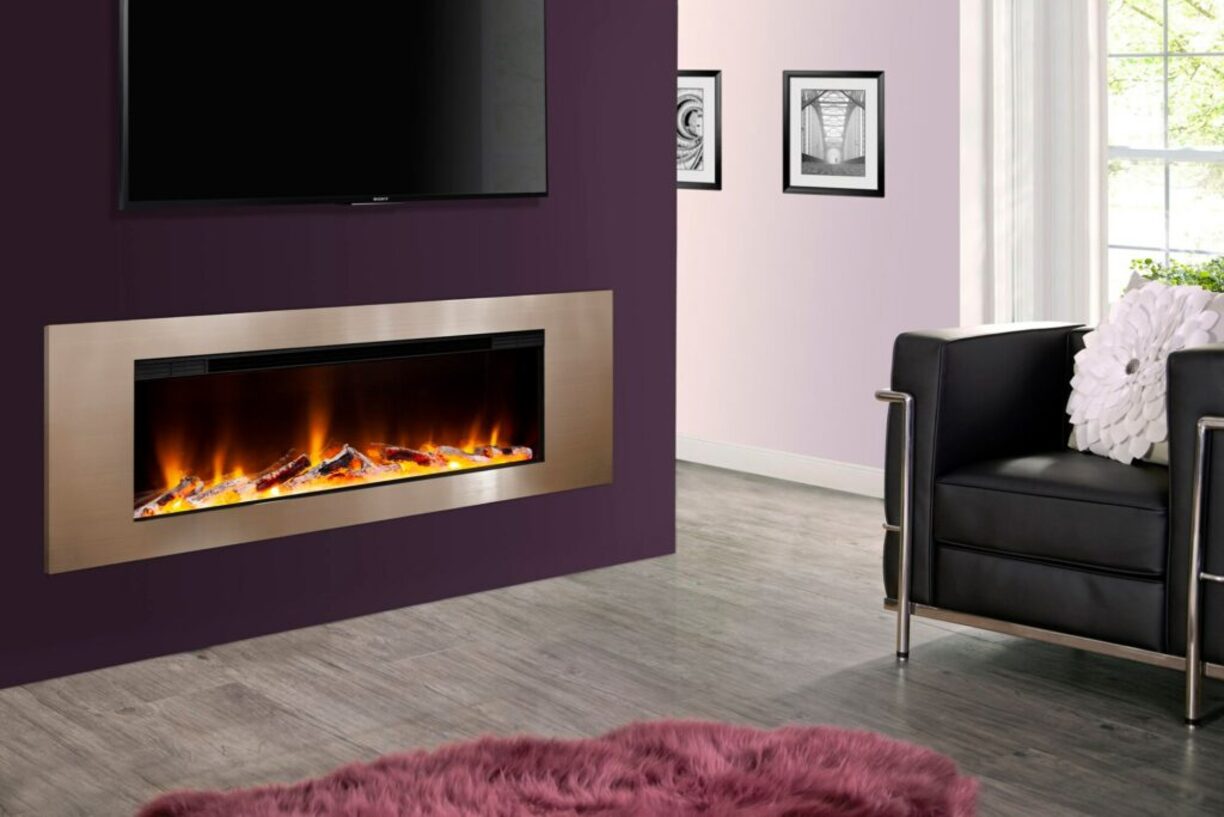
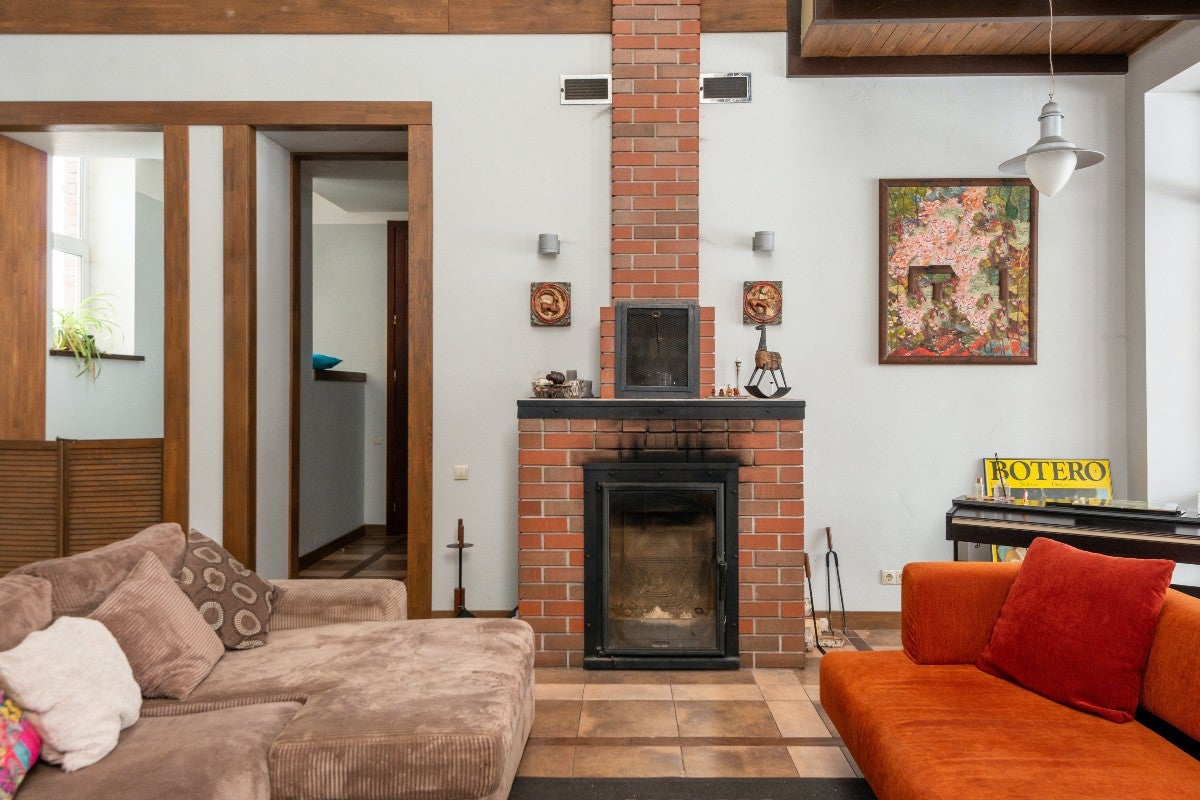
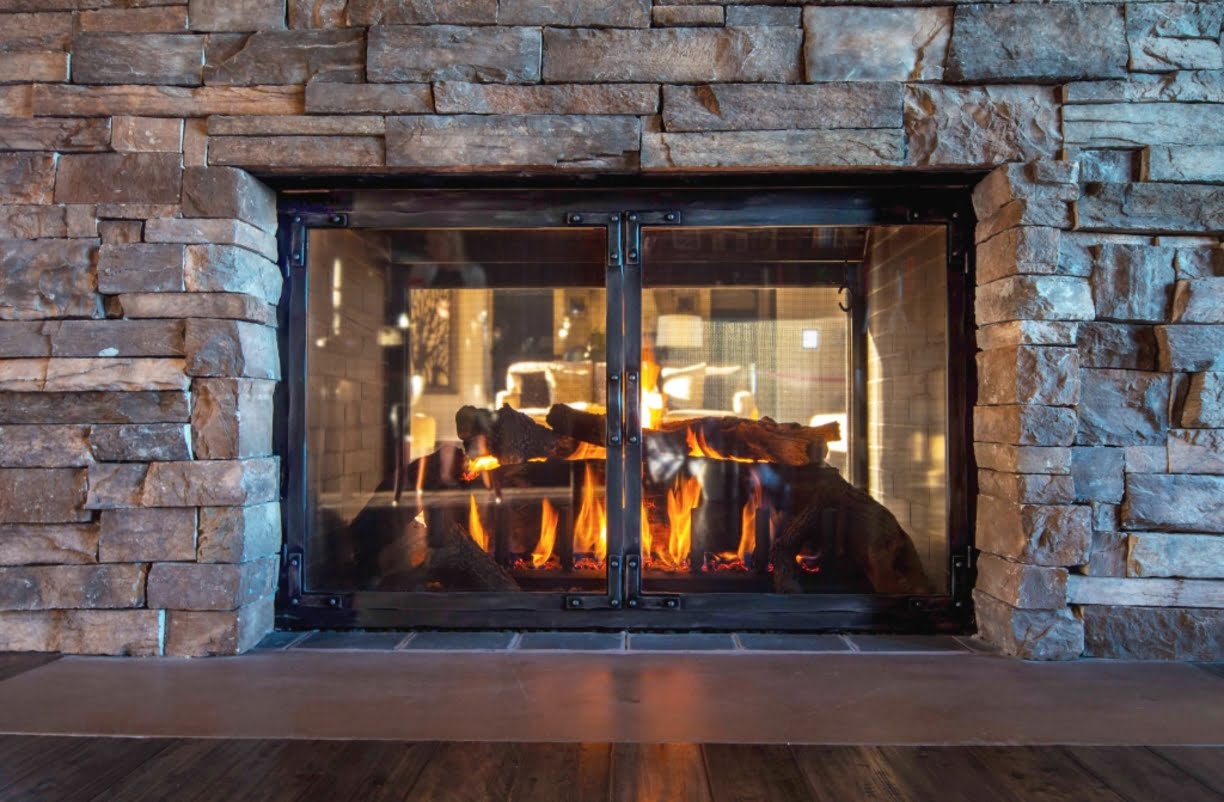
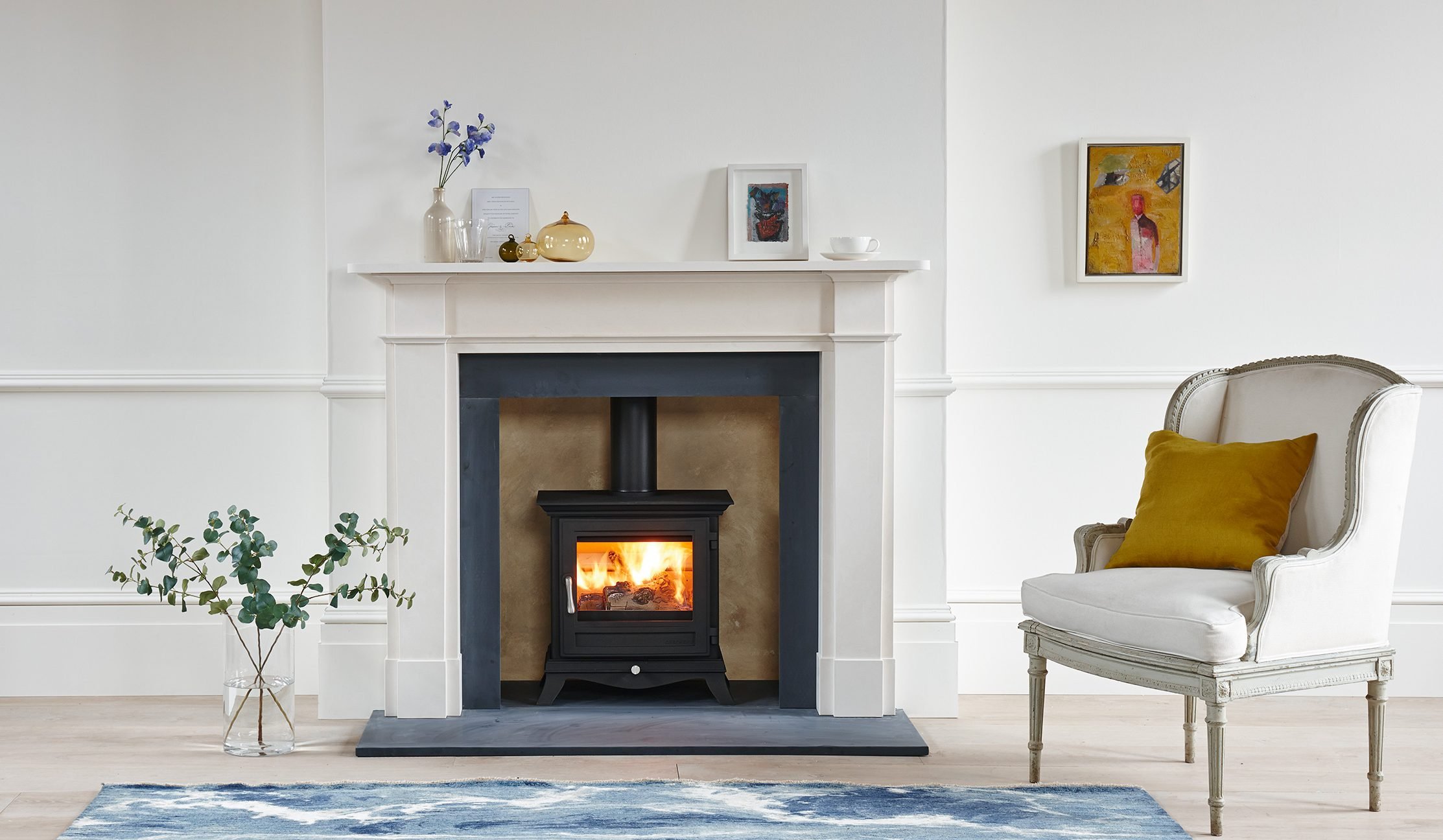
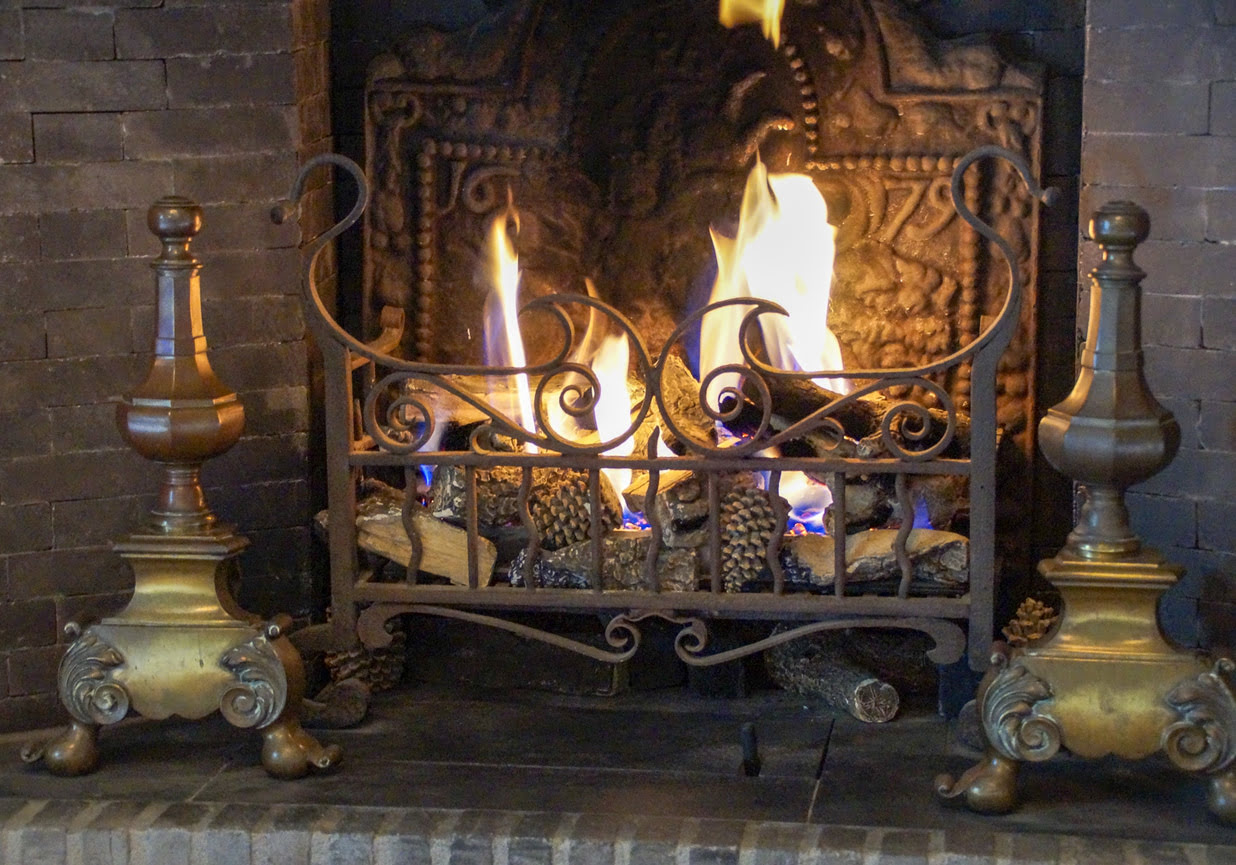
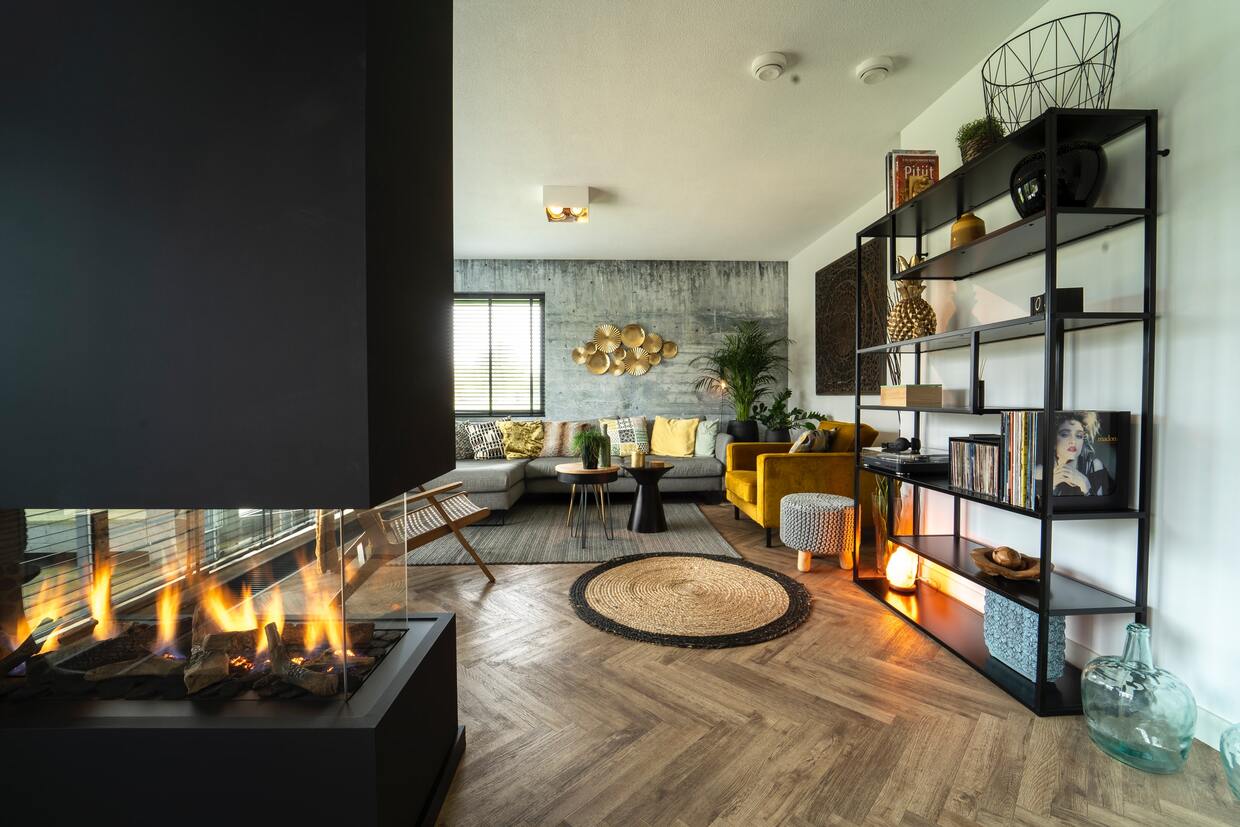
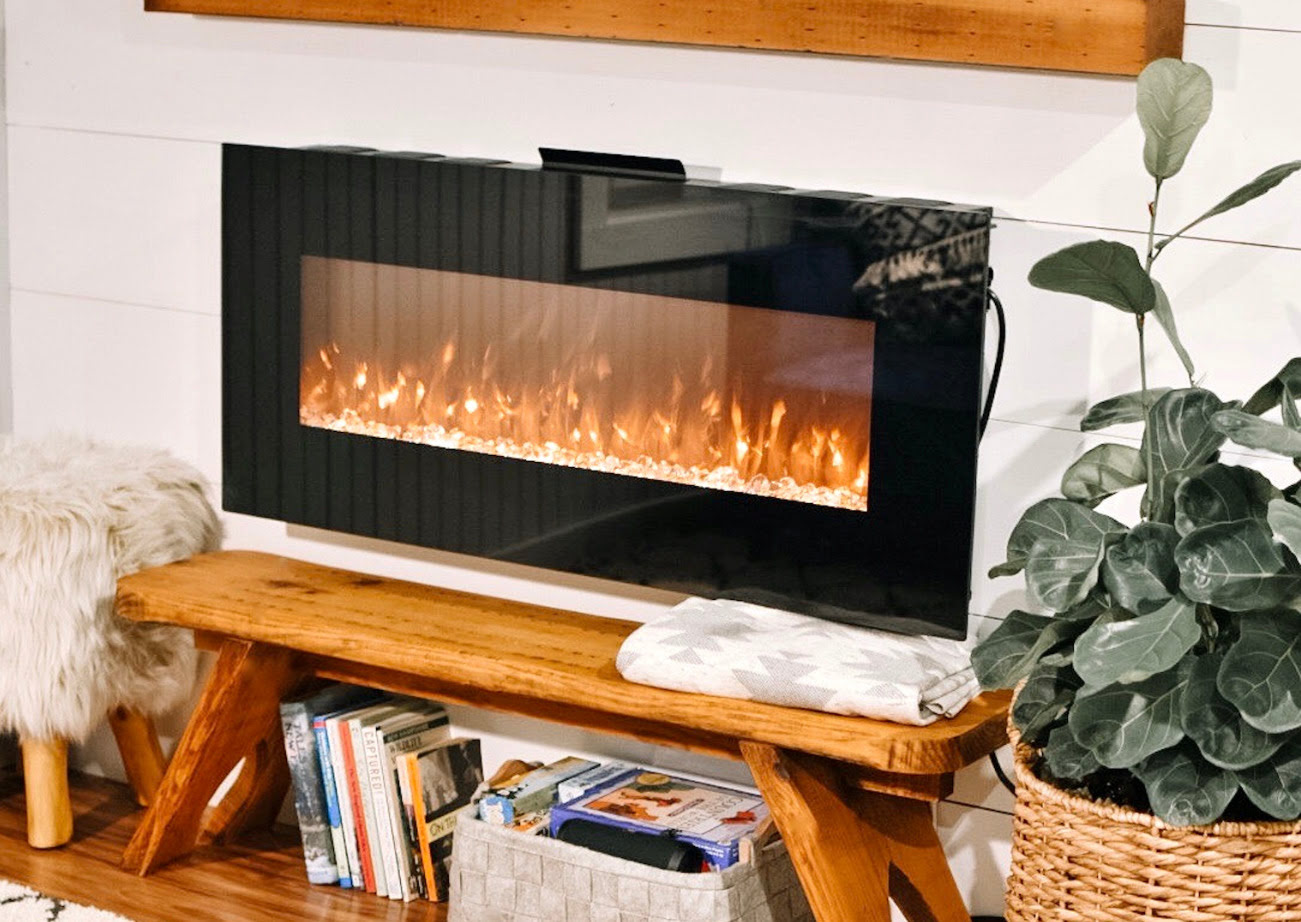
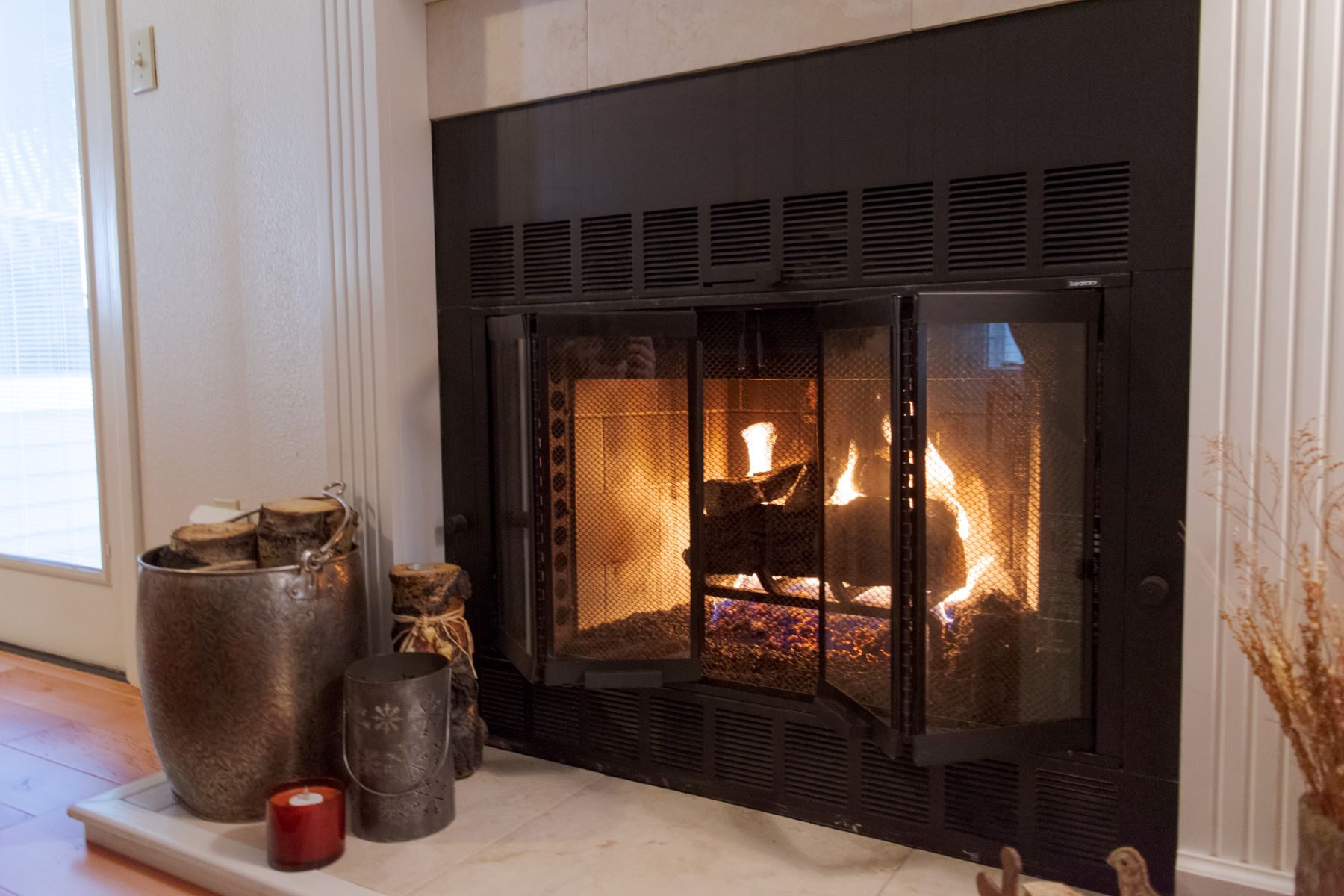
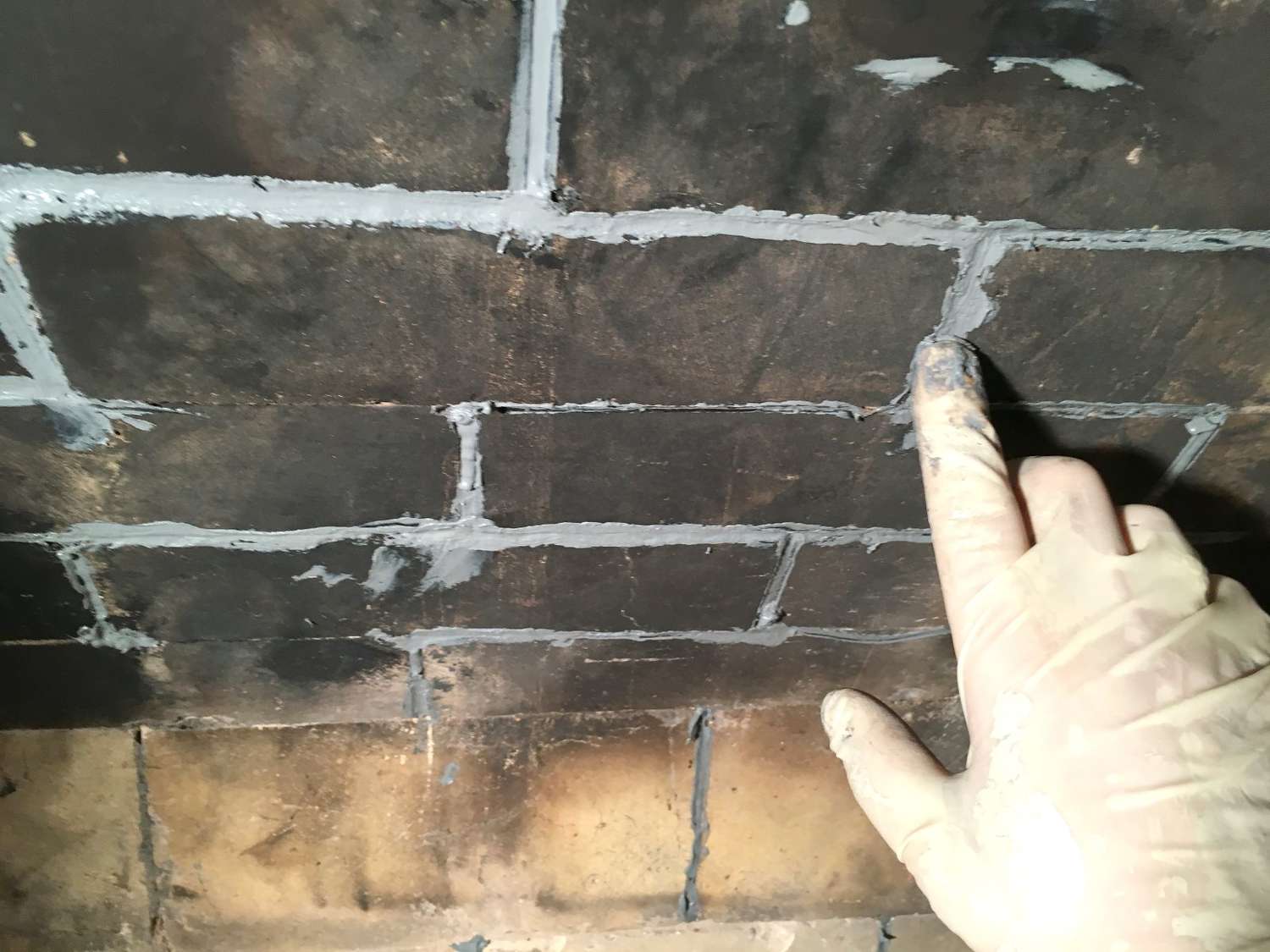
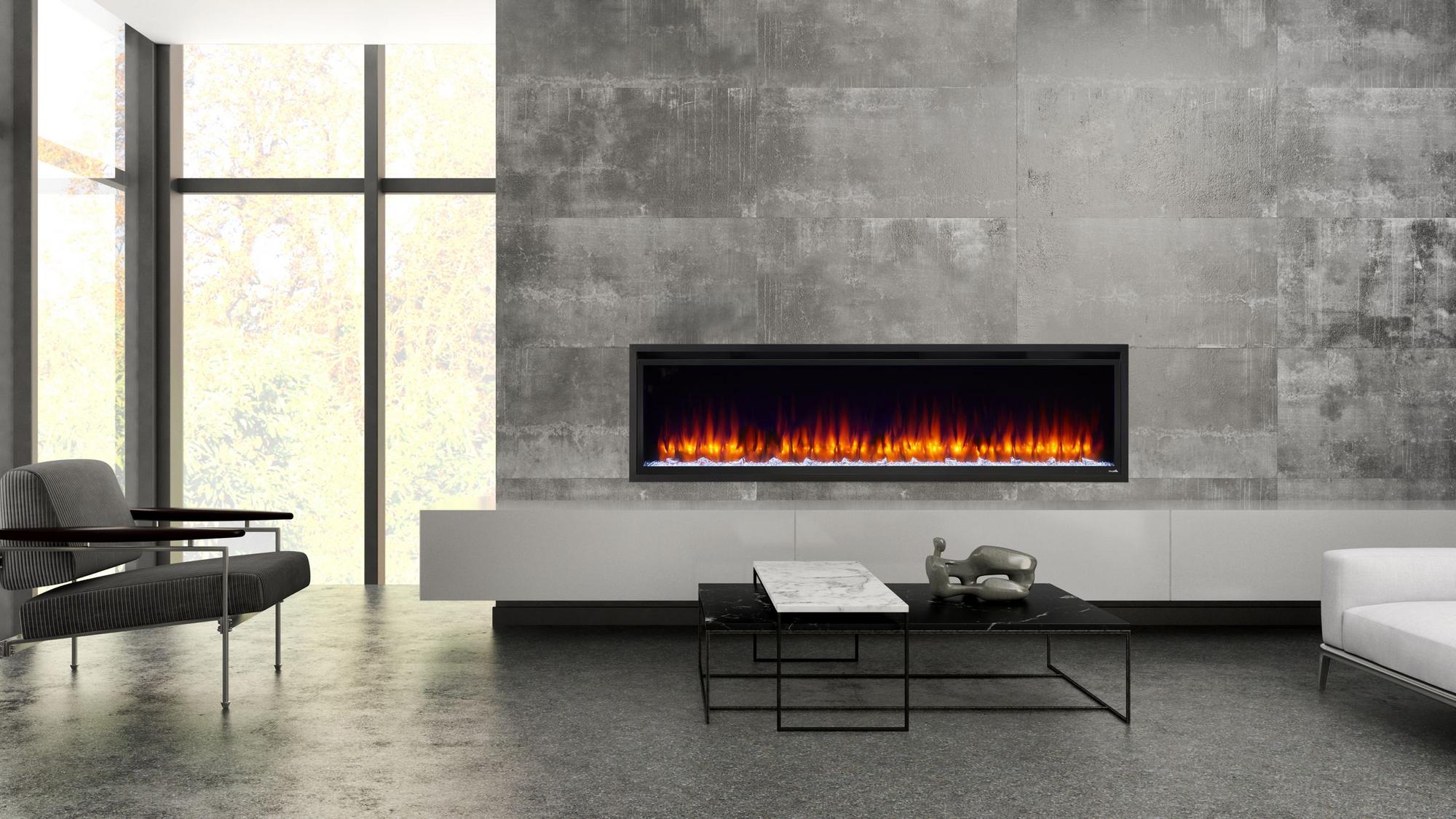
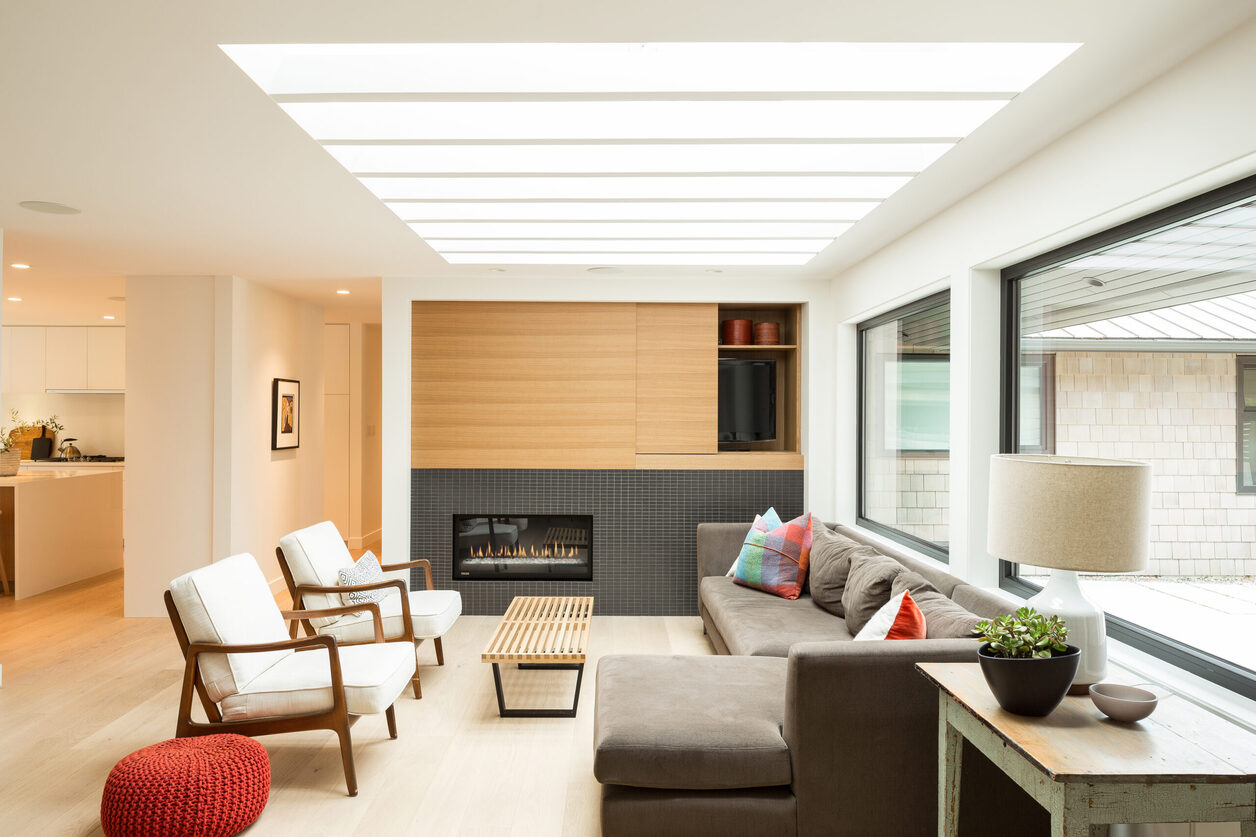
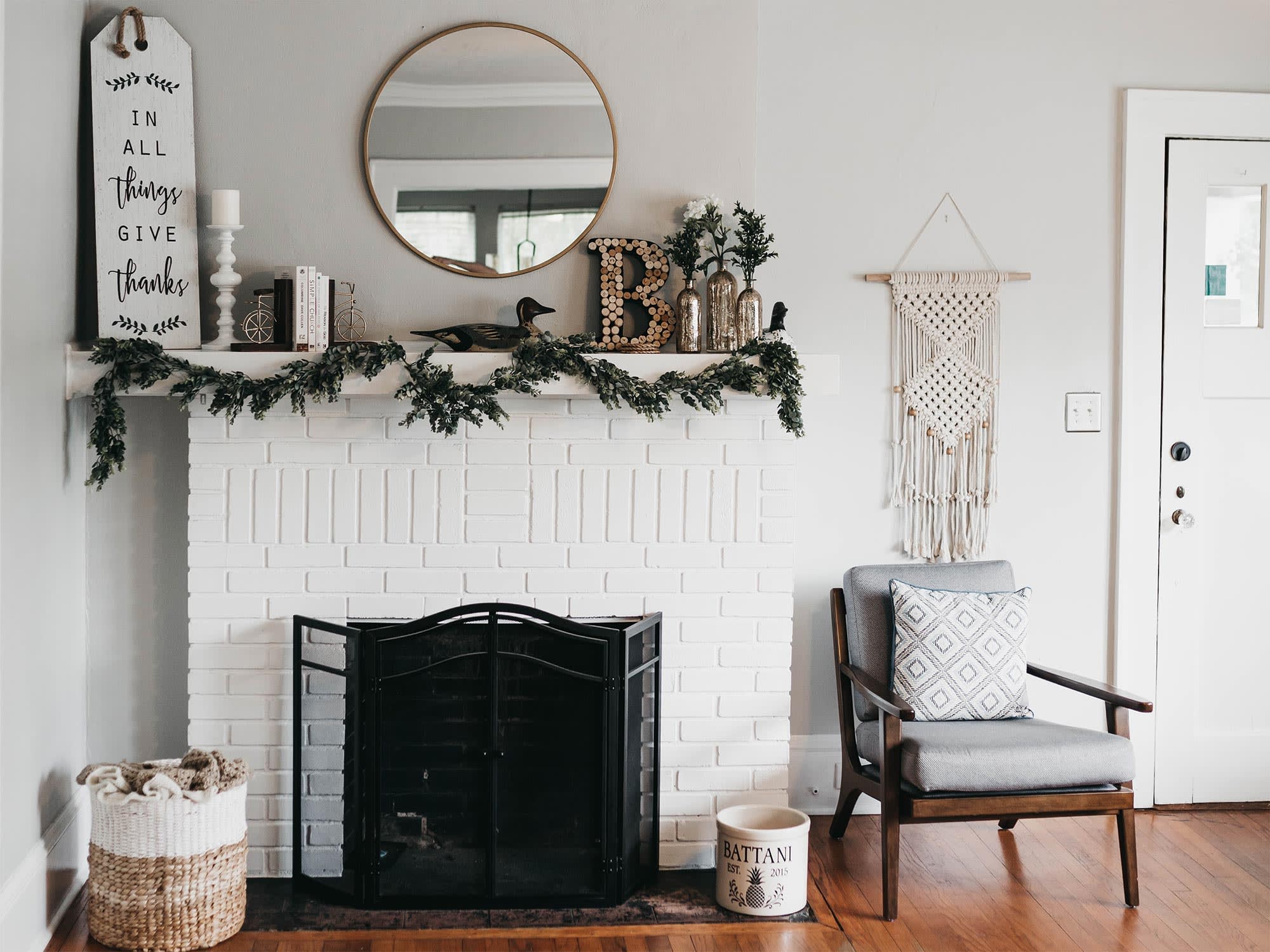
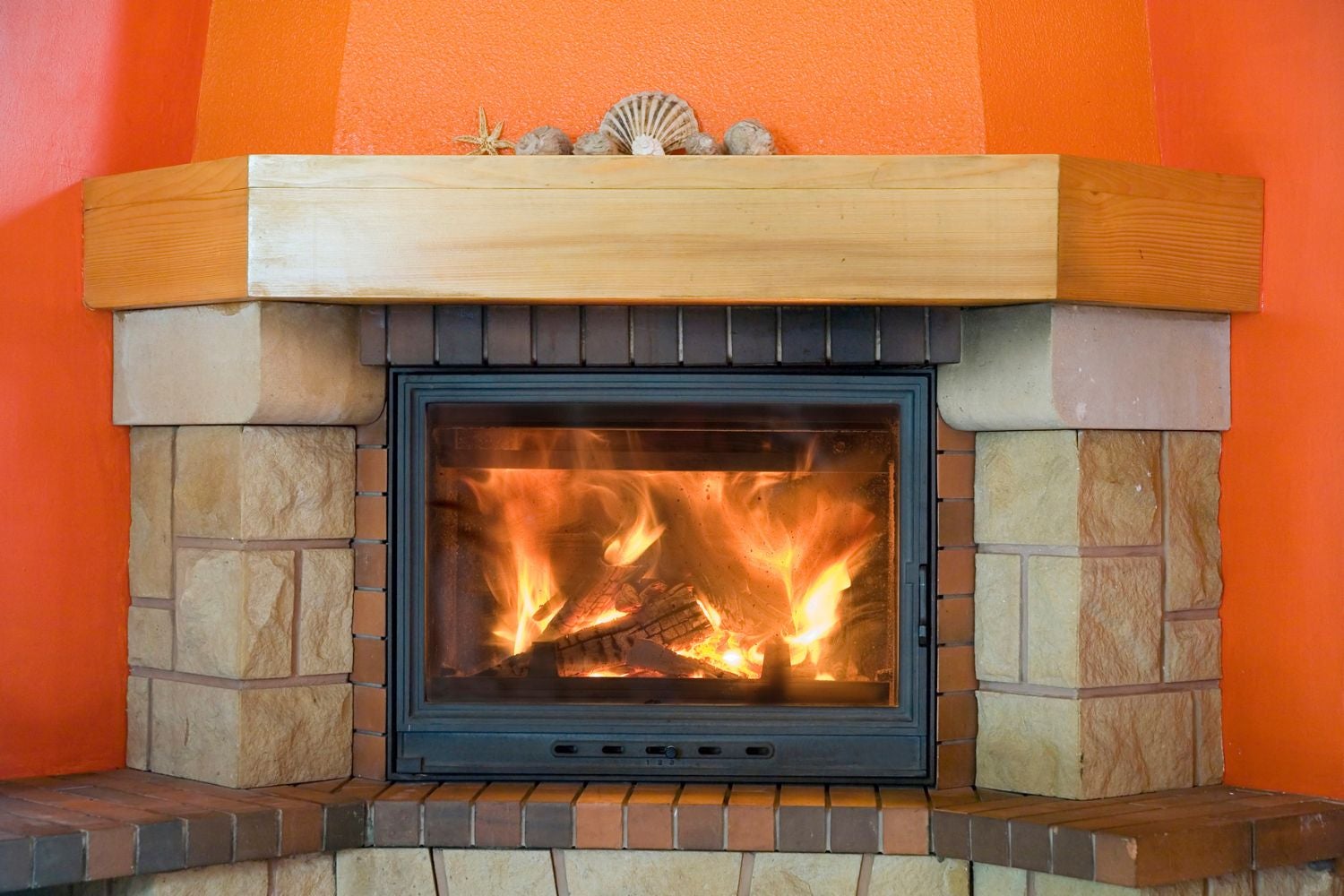

0 thoughts on “How To Use Fireplace”